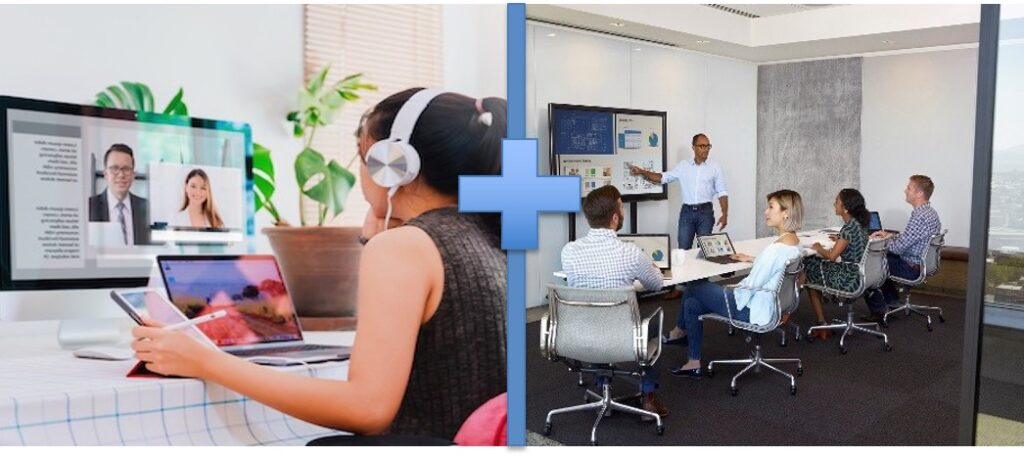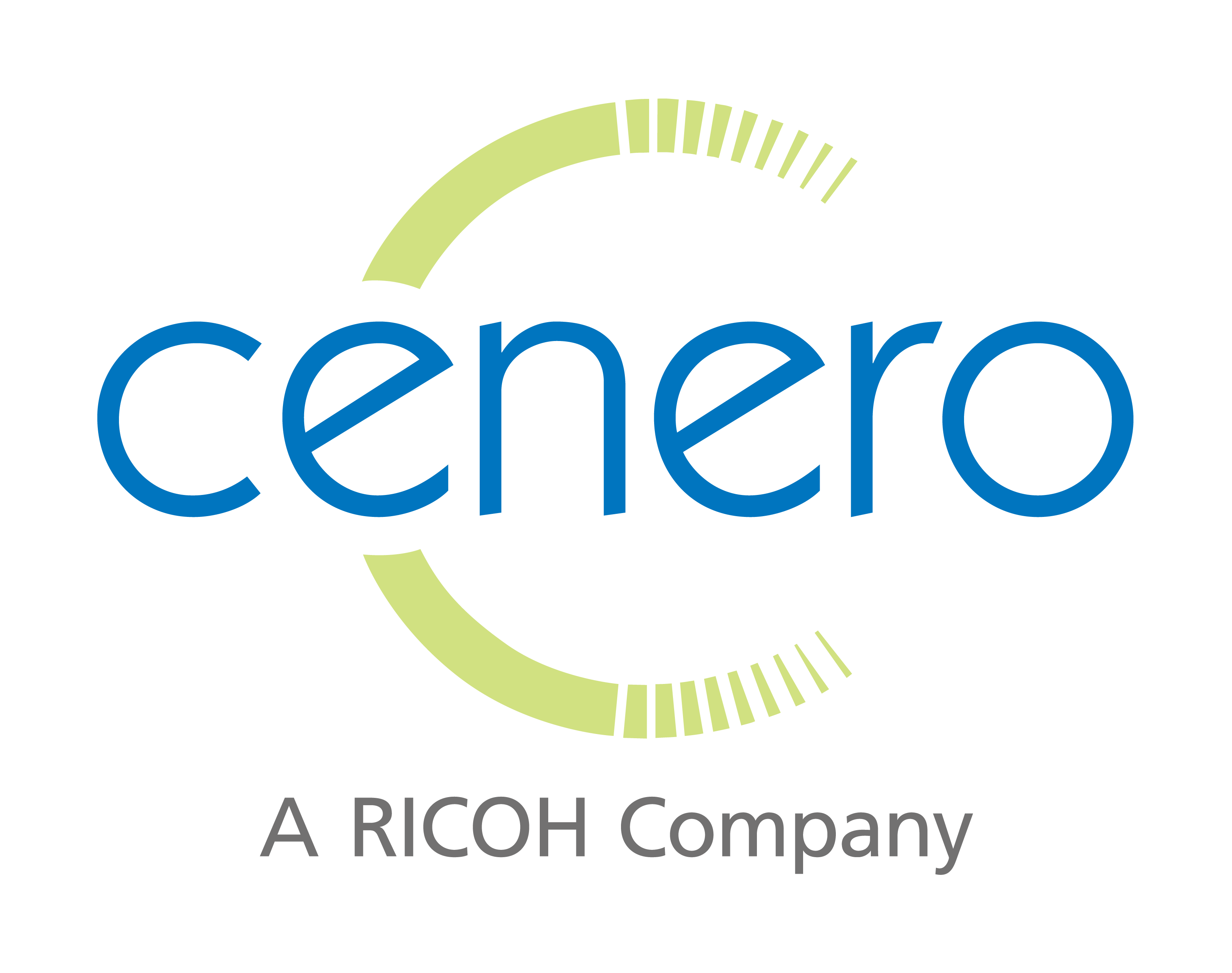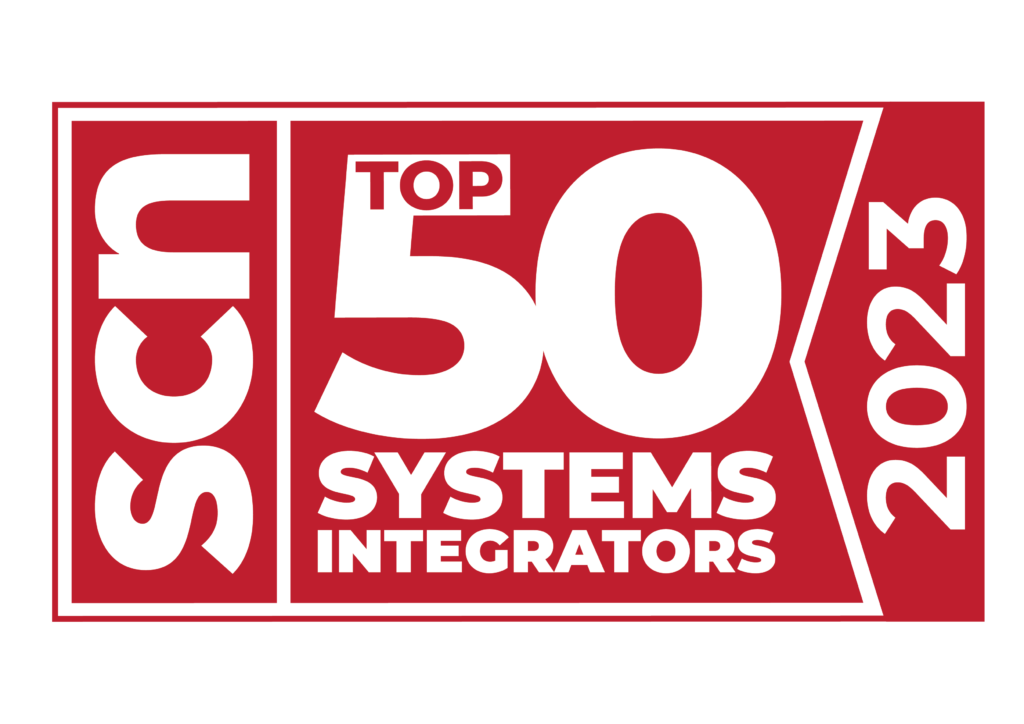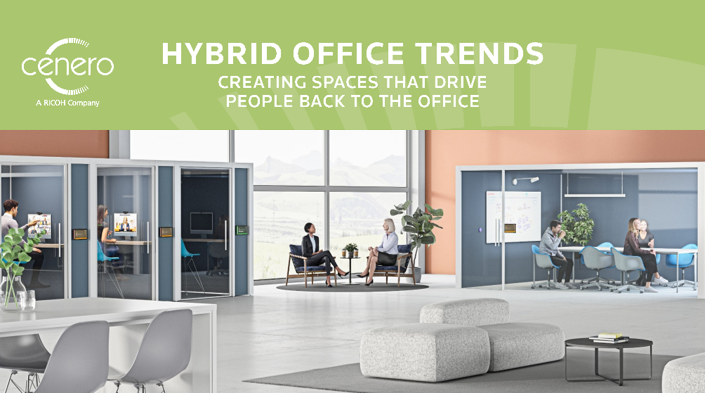
What will the New Office Look Like?
With many people continuing to work from home and a slow transition back to the office, the big question is – what does this mean for the workplace, is there still a need for the office?
JLL recently put out a research report on The Future of Global Office Demand that details how the office will not go away but will evolve to include things like more flexible working opportunities and more collaborative, smart spaces.
The Office is Not Going Away
The office is essential for face-to-face interactions that cannot easily be replicated remotely. Things like onboarding new staff, training, mentoring and managing employees can be difficult to do virtually and are all a necessary part of maintaining a productive workforce.
When people work together in person, they are able to collaborate, innovate and come up with new ideas needed for business growth. The office helps boost this creativity while also influencing team building and corporate culture. When asked, the thing people missed the most about the office is the people – the human and social interaction that only in-person interactions can provide.
Not to mention, in many situations working from home is less than ideal, with limited space, lack of privacy and many distractions. In the end, the office will remain a necessity and plays a vital role in work productivity.
The Evolution of the Workspace – More Flexibility
Many are now used to working from home and might be hesitant to give up some of the nice perks like no commute, flexible hours and improved work/life balance. A recent survey of 3,000 office users showed an affinity for the office with a preference for more days working from home – averaging around 1-2 days a week.
Because of this employee demand and the need to realign space for new health and wellness regulations, for the short-term many companies will more than likely take a hybrid approach – with people working in the office only part of the time. This flexible working style will soon be considered the norm as a way to attract and retain happy employees. It will also benefit companies as they try to keep occupancy levels at a max of 50% for the time being.
This flexible, hybrid approach will put a strong emphasis on offices having the right collaborative technology to help facilitate remote workers connecting with those in the office.
The Evolution of the Office – More Collaborative Spaces
The office will need to change to accommodate the needs of both in-office and remote workers. The function of the workspace will continue to evolve – accelerating trends that emphasize the importance of collaboration and employee productivity.
We will see a shift towards more experiential spaces designed to support collaboration, innovation and working in teams. It will become essential to have the right technology in place to enable effective and productive working sessions.
The Evolution of the Office – Smart Buildings
There will also be an increase in office buildings being set up as smart buildings. The buildings will be set up with automated processes to control building operations and will use data from things like lighting, room usage and more to help inform business decisions.
Cenero’s suite of managed services, Constant Connect, provides detailed analytics on room usage, system performance and common issues to help improve reliability and performance of technology and meeting spaces. You can see what rooms are used for and the types of technology used to help improve business and planning decisions moving forward. You can quickly adjust room styles and tech tools based on actual data for more productive collaborative sessions.
In summary, the office will still be necessary to allow for face-to-face interactions while remote working and technology will become an essential part of a flexible corporate life.
Just reach out to Cenero if you need help setting up a more flexible technology-enabled working environment. We can help by first implementing a Meeting Experience Survey to determine how people meet and what type of technology will be best to improve collaboration among distant teams.
By Rob Gilfillan, President of Cenero

As President of Cenero, Rob oversees all customer facing aspects of the business and helps shape overall market strategy. By focusing on the customer and integrating technology to streamline business processes, Rob has created a unique business model that produces cost effective solutions for customers while also delivering specific applications that will improve overall value to an organization. Rob has been integral in developing a discovery and design philosophy that addresses criteria typically missed by other integrators. He has been an integral part of designing, deploying and supporting thousands of collaborative solutions for education, corporate and non-profit institutions.




